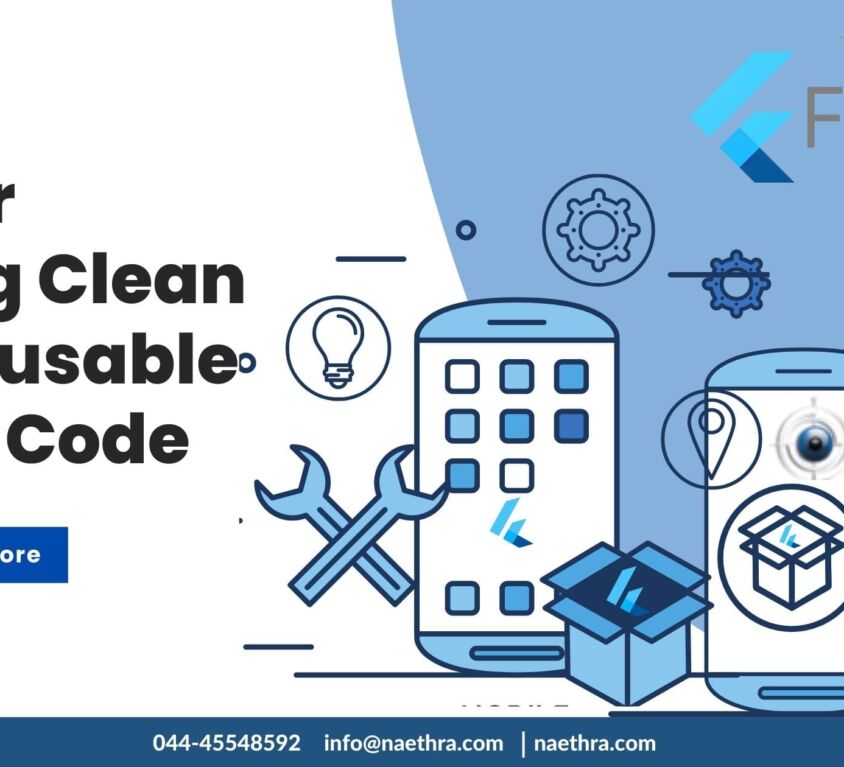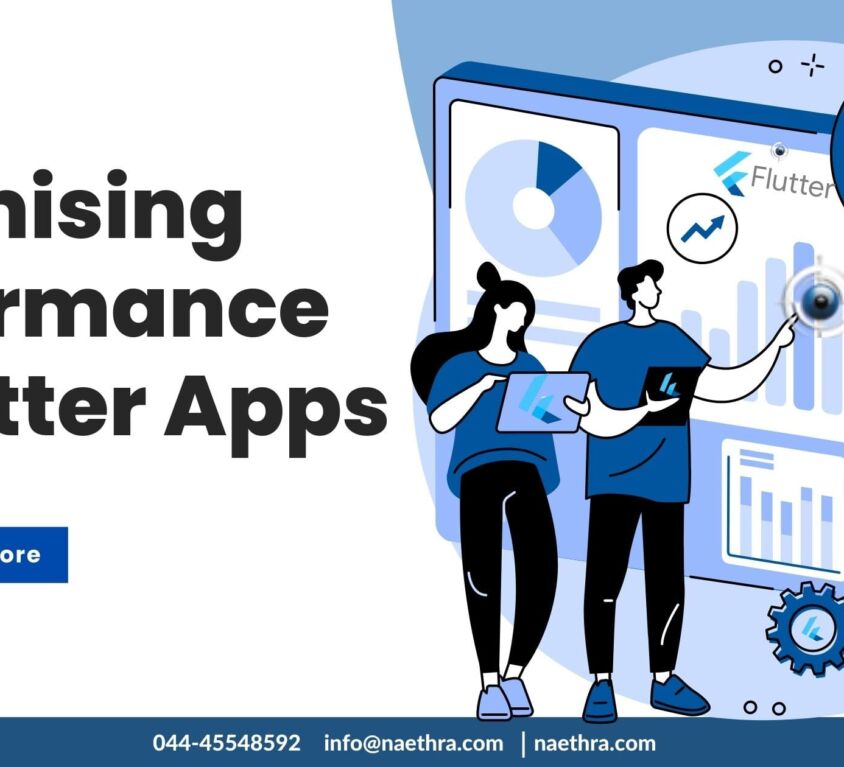
Streamlining Mobile App Development with Flutter
In the competitive climate of today’s world, businesses must adapt to stay relevant and agile. Mobile app development is no exception – it requires careful planning and efficient design to create efficient cross-platform apps that meet the demands of users while still running smoothly. This is where the Flutter framework comes into play. Flutter is a Google-backed framework that allows developers to quickly and easily create cross-platform mobile applications and also streamline mobile app development using a single code base.
Flutter, offers an ideal solution for streamlining mobile app development across different platforms. With powerful tools like customizable widgets, a hot reload feature, expressive and flexible UIs, built-in testing support, and platform interop capabilities, Flutter provides developers with all the features necessary for getting projects off the ground quickly and efficiently.
In this blog post, we will take a look at why Flutter can be such a valuable asset in speeding up Mobile app development cycles without sacrificing quality or user experience.
Understanding the Flutter Framework
Flutter is an open-source UI software development kit (SDK) created by Google and released in 2018. It is used primarily for creating mobile applications across multiple platforms, including Android, iOS, Windows, macOS, Linux, and the web. The main benefit of using Flutter is its ability to create high-performance apps from a single codebase without sacrificing quality or user experience across different operating systems.
Optimising Performance in Flutter Apps
The performance of any app depends heavily on how it utilizes memory usage, build times, rendering performance, and network usage. Luckily, optimizing each of these areas within your app can be done easily when you use the Flutter framework.
- a) Optimising Memory Usage: Ensure your Flutter-built app remains speedy and stable by optimizing memory usage. Make use of static variables to reduce the strain on resources, replacing dynamic ones wherever possible. Monitor for potential leaks with specialized tools such as Valgrind or Leak Canary – this proactive approach will help you stay ahead of any performance issues!
- b) Reducing Build Times: Flutter developers must ensure that any changes to their app’s codebase are reflected efficiently. This can be accomplished by taking advantage of the hot reloading feature, which allows for quick refreshes without unnecessary rebuilds. Moreover, using only necessary libraries is key to minimizing build time and maintaining developer productivity levels.
- c) Optimising Rendering Performance: Reducing build times is essential for delivering an optimal user experience and maximizing productivity. Hot reloading with Flutter can help by only refreshing changed parts of code instead of rebuilding the entire project each time while removing unnecessary libraries from projects prevents builds from including unneeded files which increase wait times.
- d) Optimising Network Usage: Network usage determines how much data is transferred between two devices over a certain period; this can affect both speed and cost as larger amounts of data transfer lead to slower speeds but higher costs associated with network traffic. To optimize network usage when using Flutter you should use caching mechanisms such as HTTP caching which store responses from requests made over networks so they do not need to be requested again saving bandwidth costs; also try compressing assets such as images or videos before sending them over networks so that they take up less bandwidth space reducing costs associated with network traffic.
In conclusion, whether you are building a new business application or revamping an existing one, incorporating the power of the Flutter framework into your workflow will help you create high-performance applications that run smoothly across multiple platforms while maximizing efficiency throughout development cycles.
With its easy integration into existing workflows plus its robust library of widgets and APIs tailored specifically for mobile application development, there’s no better tool for streamlining your workflow while optimizing user experience. If you are looking to develop a mobile app with Flutter then contact us.





